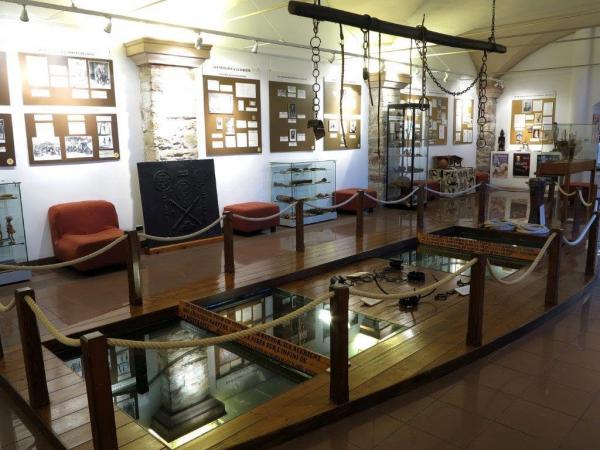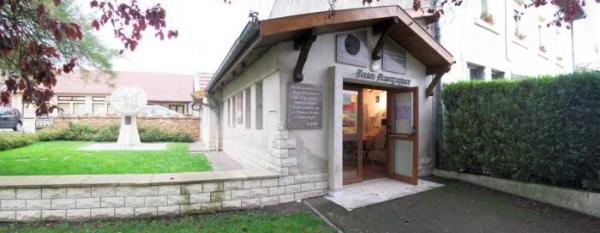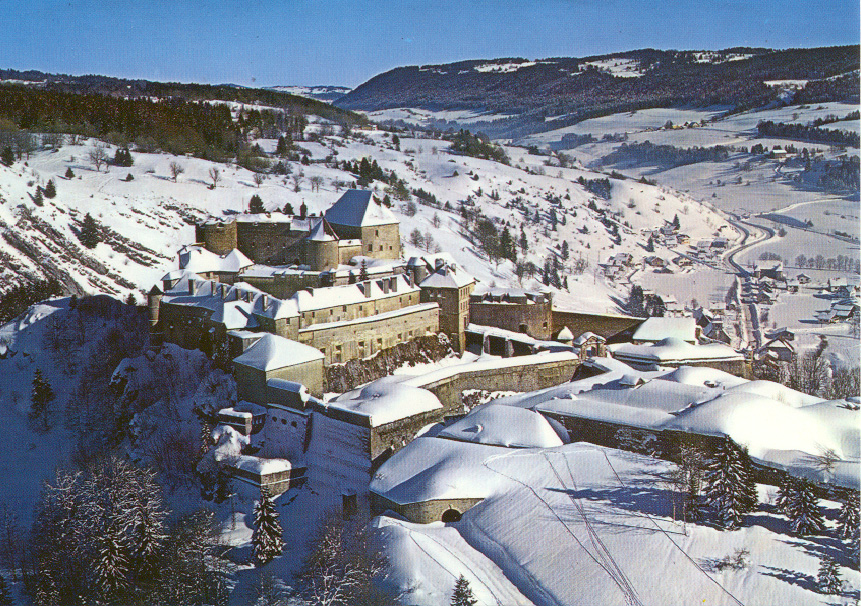The sites of the Road to Abolition of Slavery
 |
House of Negritude and Human Rights, Champagney (Haute-Saône)
The House of Negritude is a place of remembrance around the slavery of the Blacks, as well as a place of reflection on the current state of human rights violations in general and the persistence of slavery in particular
|
 |
House of Abbé Grégoire, Emberménil (Meurthe-et-Moselle)
The museum house inaugurated in 1994 in Emberménil pays homage to the Abbé Grégoire who led the fight for the abolition of slavery, snatched from the National Convention in 1794.
|
 |
Château de Joux, Pontarlier (Doubs)
In the heart of the Jura Massif, at the Swiss border, the Fort de Joux holds the remains of Toussaint Louverture, leader of the insurrection of the slaves of Santo Domingo, initiator of the first abolition of slavery and precursor of independence of Haiti.
|
 |
Espace muséographique Victor Schoelcher, son œuvre, Fessenheim (Haut-Rhin)
The museum “Victor Schoelcher, son œuvre” is dedicated to the author of the decree of 27 April 1848, proclaiming the abolition of slavery in the French colonies.
|
 |
Memory forests Anne Marie Javouhey,Chamblanc (Côte d'Or)
The early 1830s saw the rebirth of the abolitionist movement. While Lamartine was leading the parliamentary struggle, there was an experiment in Mana, Guyana, on the emancipation of blacks, entrusted by the government to Anne-Marie Javouhey.
|












